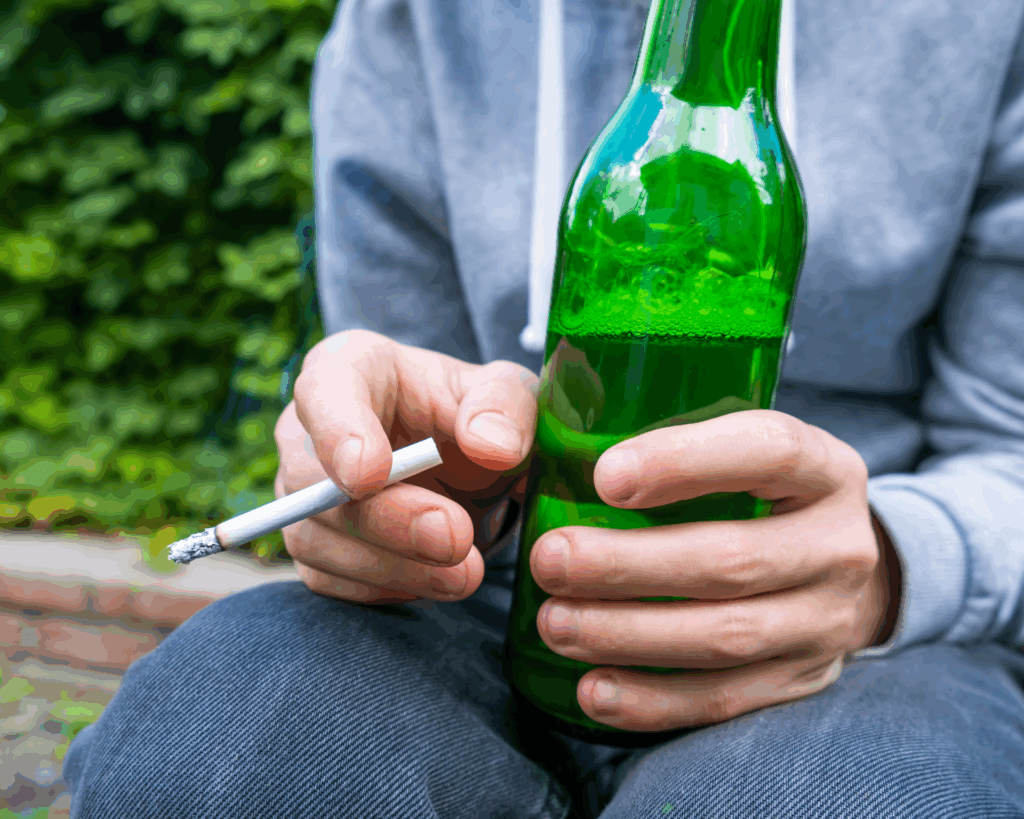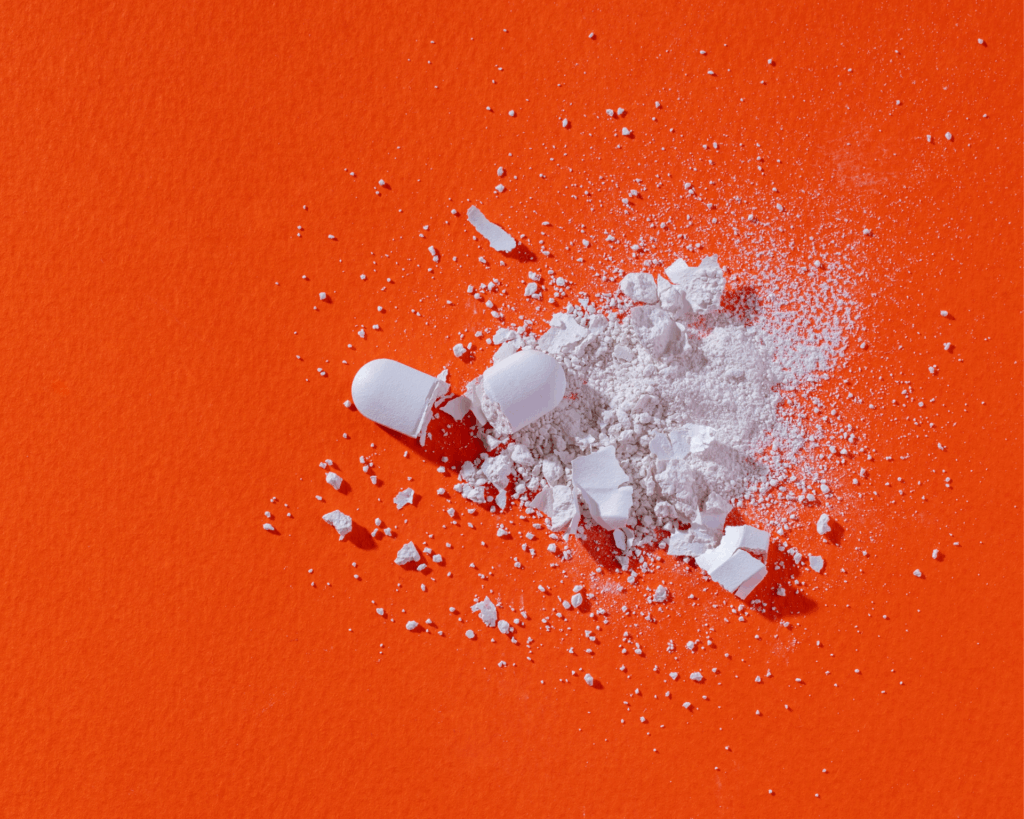Creating Community Health with Raquel Farrell-Kirk
Raquel Farrell-Kirk, an art therapist and community advocate, served as the lead therapist for an art program for the cities of Coral Springs and Parkland, Florida in the aftermath of a tragic school shooting.

Read Time: 4 minutes
Published:
Raquel Farrell-Kirk has been on the board of the American Art Therapy association since 2016. She specializes in art therapy for those living with dementia and other diagnoses, as well as art therapy programming for arts organizations seeking to develop community outreach arms. Most recently, she spent two years serving as the lead therapist for the Bloomberg Philanthropies funded “Healing with Art” program serving the cities of Coral Springs and Parkland, Florida after the community experienced a school shooting.
This is part two of a four-part series – The Art of Promoting Health – examining art’s role in the treatment of mental illness and the promotion of public health. Read part one.
On February 14, 2018, when a teenager opened fire on students and staff at Marjory Stoneman Douglas High School in Parkland, Florida, Raquel Farrell-Kirk already had a strong relationship with a local art museum. She had been running an art therapy program for veterans at the nearby Coral Springs Museum of Art, and the museum asked her how they could support the community. Within three days of the shooting, a group of museum staff, art therapists, music therapists, and trauma specialists opened the museum’s art therapy program to anyone in the community who wanted to join.
Art therapy is about putting art-making and the creative process at the center of the therapeutic process. While a talk therapist might ask a person to describe their family relationships, an art therapist might ask the client to draw a family tree, using different colors or shapes to represent family members. A common motto among art therapists is: “You can learn to do something in art before you can do it in real life.”
The planning, problem-solving and decision-making that goes into art-making offers space to practice important emotional skills where there is room for mistakes. Farrell-Kirk compares the work of art therapists to art educators, artists, and curators. The work may have similar impact, but the goals are different: “The creative process has all that potential in it, and an art therapist has the particular set of skills that will help them plan, select, and focus on what is needed for the people going through the art project.”
Farrell-Kirk often works with individuals for whom traditional talk therapy is not ideal, such as adolescents on the autism spectrum, older adults struggling with dementia, and trauma survivors. Research shows that art therapy using visual imagery is particularly well-suited to working through trauma, and trauma is remarkably common. Reports from 2019 estimate that nearly 16% of adults reported four or more types of adverse childhood experiences, which are significantly associated with poorer health outcomes. In the wake of the COVID-19 pandemic, these numbers are expected to rise.
Therapy generally happens on an individual level, as treatment for a specific issue. But any therapeutic technique is more effective when practiced before it is needed. According to Farrell-Kirk, engaging in creative processes is a preventative form of stress management. “If we get people preventatively viewing art, doing art, using creative expression then it’s a built-in coping skill that they can more readily tap into when they need it,” she says.
Farrell-Kirk’s experience in Parkland showed her that preventative art therapy at the community level can be used to build mental resilience and provide trauma response when needed. What started as a one-day event in Parkland stretched into three days, a weekly after-school group for teens, and eventually a 2-year program. In the years since, Farrell-Kirk has explored ways to replicate the model of art therapists, museum spaces, and city administrators working together to address community-based issues like mental health or social justice.
Crucially, the museum-based programming provided a safe space for kids to process the community trauma away from their schools, where the trauma itself occurred. Farrell-Kirk calls this the “third space,” where people can gather outside of their routine responsibilities of work, school, and family. After a community trauma, like a school shooting or even the initial COVID-19 lockdowns, people ask themselves, “Is my community safe? Is my community good?” They come together to mourn. But after that initial unity comes fracturing, assigning of responsibility, then blame. In the third space, Farrell-Kirk highlights, there is room to acknowledge the shared element of trauma and rebuild a sense of security.
“Third spaces” are created wherever people gather: a religious center, a performance space, a local bar, a football stadium. But when museum programming allows community members to create in the space, it changes both the role of the museum and the roles people see for themselves in their communities. Even after the program ends, that space has been demystified. The museum becomes more than a museum: it addresses the community need to combat isolation.
Farrell-Kirk believes that art therapists are just one piece of the puzzle. “There are already art museums and public health programs out there that are tackling public health issues,” she says. “It’s just a matter of building on these models to make sure that there are mental health professionals at the table too.”
Photo provided



